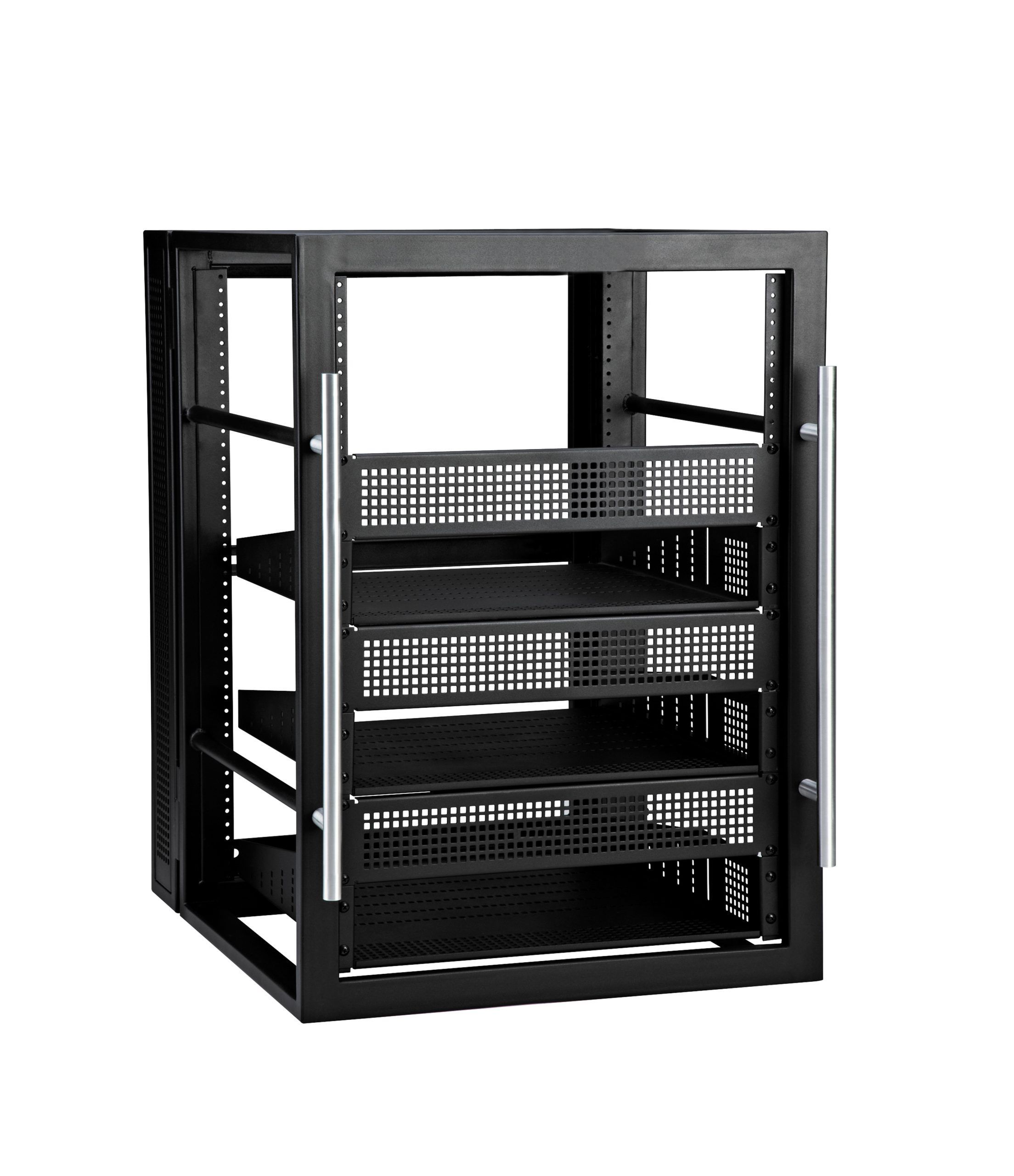Whether you’re a rider who loves capturing the thrill of the open road or a daily commuter who wants a record of your journey, dash cams for bikes are increasingly becoming an essential piece of gear. They offer vital evidence in the event of a collision, help deter road rage, and capture stunning footage of your motorcycle adventures.
However, when it comes to using these cameras legally in the UK, there are several considerations to keep in mind. This article provides a comprehensive guide on how to configure sport bike dash cameras for legal use on the UK roads, focusing on the important aspects of dash cam positioning, recording laws, privacy concerns and ensuring the best video quality.
Also read : What are the best environmentally friendly cleaning products for sport bikes in the UK?
Choosing the Right Dash Cam for Your Bike
Before diving into how to configure your dash cam, it’s important to select the right camera that suits your needs and complies with the UK laws.
In the market, you’ll find numerous bike dash cams with various features. Some cams offer dual camera systems, providing both front and rear coverage for comprehensive recording. Others feature in-built GPS for real-time positioning, while some cameras are equipped with motion sensors for automatic recording in case of a collision.
This might interest you : What are the UK legal guidelines for riding sport bikes in bus lanes?
When choosing a camera, consider those with high-resolution recording capabilities. This will ensure you capture clear, detailed footage, crucial when identifying car plates or people in an incident. Additionally, a good camera should have a wide field of view to cover more of the road, providing a better perspective of events.
Remember, the best dash cam is not always the most expensive one. It’s the one that fits your needs, is compatible with your motorcycle, and complies with the UK’s dash cam laws.
Configuring Dash Cam Positioning
Once you’ve selected your dash cam, the next step is to install and position it correctly on your bike.
Positioning your camera is not just about obtaining the perfect footage; it’s also about ensuring it does not distract your riding or violate any road laws. In the UK, any device attached to your bike should not obstruct your view or control of the bike.
Most riders prefer mounting the camera on the handlebars for a clear, unobstructed view of the road. Another popular position is mounting the cam on the helmet, which provides a more dynamic footage as it records the direction the rider is looking. For dual cameras, the rear cam can be mounted on the back of the bike or on the rear side of the helmet.
Regardless of where you mount the camera, ensure it’s securely fastened, resistant to vibrations, and can withstand various weather conditions.
Understanding the UK Recording Laws
Understanding the UK’s laws on recording with a dash cam is crucial to avoid legal trouble. While there are no specific laws prohibiting the use of dash cams on motorcycles, some legal guidelines govern their use.
Firstly, your recording should not invade anyone’s privacy or be used for malicious purposes. If you record footage of an accident involving other parties, the video should be handed over to the police. You cannot publish it on social platforms without the consent of everyone involved.
Secondly, your camera shouldn’t distract you while riding. This means you should not operate it while in motion. Most dash cams these days come with automatic recording features, so they start recording as soon as you start your bike.
Lastly, while there are no specific laws on how long you should keep your recordings, it’s advisable to store them for at least a couple of weeks. This can be useful if you discover damage to your bike or if you’re contacted by the police or an insurance company regarding an incident.
Respecting Privacy Concerns
In an age where privacy concerns are growing, it’s important to use your bike cam responsibly.
While it’s completely legal to record in public places in the UK, continuous recording can raise privacy issues. For instance, if your camera captures footage of people in their homes, it can be deemed as invasion of privacy.
To avoid this, some riders choose to switch off their cameras in residential areas or use dash cams with privacy masks. These masks are digital features that blur out certain parts of the video footage, such as windows of houses, to respect privacy.
Also, when sharing your footage online, remember to blur out faces and car plates to protect the identity of others involved.
Ensuring the Best Video Quality
Finally, to get the most out of your bike cam, it’s crucial to ensure it’s always recording at its best quality.
Maintain your camera lens clean and free of dust and smudges, as these can affect the clarity of the footage. Also, regularly check that your camera is still securely mounted and hasn’t been knocked out of position.
You should also regularly review your footage to make sure the quality is up to standard. If you find the quality dropping, it could be due to a variety of factors such as a full memory card, low battery, or software glitches. Regularly updating your camera’s firmware will ensure it operates at its best.
The Importance of Regular Maintenance and Updates for Your Bike Cam
Just as your bike requires regular servicing, your dash cam also necessitates similar upkeep. Maintaining the camera’s performance is not just about retaining high-quality footage, but also about ensuring the device operates under the UK’s legal guidelines.
Keep the camera lens immaculately clean. Dust and smudges can significantly compromise the clarity of your dash cam footage. Regularly inspect the lens for any dirt and clean it with a soft, lint-free cloth to prevent scratches.
In addition, the mounting position of your camera can shift due to vibrations, the impact of the wind, or even a minor collision. Regularly review your camera’s position to make sure it’s still capturing the full field view and hasn’t been knocked out of place.
Ensure you have sufficient memory for your recordings. A full memory card can cause the camera to stop recording or overwrite the oldest footage. To avoid any loss of vital videos, regularly transfer and backup your footage onto a computer or hard drive.
It’s equally important to keep your motorcycle camera’s software up to date. Manufacturers continuously improve their software to fix bugs or introduce new features. Regularly updating your dash camera’s firmware will enhance its performance and often improve video quality, ensuring you always get the best out of your device.
Don’t forget to test your camera’s functionality, especially if it has extra features such as motion sensors or parking mode. Periodically test these features to confirm they’re working properly, so you can rely on them when needed.
Conclusion: Responsible and Legal Use of Bike Dash Cams
In conclusion, using a bike dash cam can offer numerous benefits, from providing vital evidence in case of an accident, deterring road rage, to capturing stunning footage of your motorcycle adventures. However, to enjoy these advantages, your camera must be operational, recording optimally, and most importantly, used within the confines of the UK laws.
It is crucial to consider the privacy of others when recording and sharing footage. Be mindful of where you record, respect people’s privacy in their homes, and always censor faces and number plates if you share videos online.
Keeping up with the UK recording laws can seem daunting, given their complexity. However, with a good understanding of the laws and by choosing a suitable camera for your needs, you can use your motorcycle dash cam responsibly and legally.
Remember, the best motorcycle dash cam is one that aligns with your needs, fits securely on your motorcycle, provides high-quality footage, respects others’ privacy, and complies with legal standards. Happy recording and safe riding!











